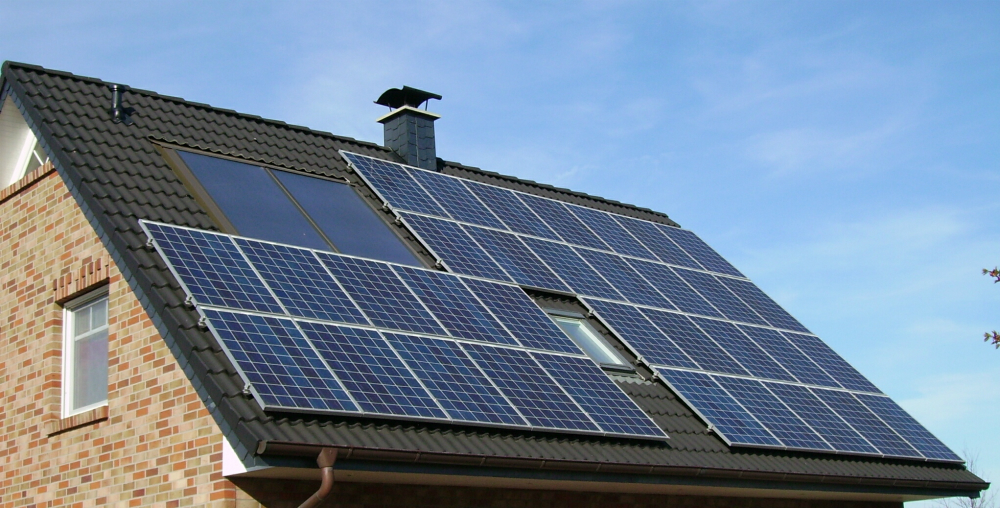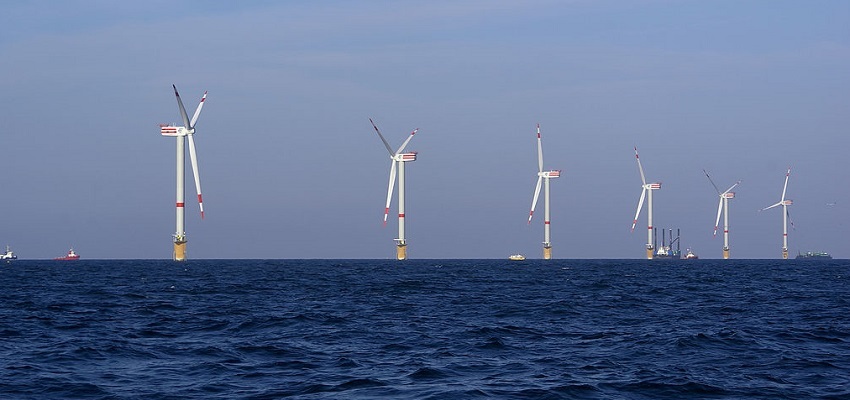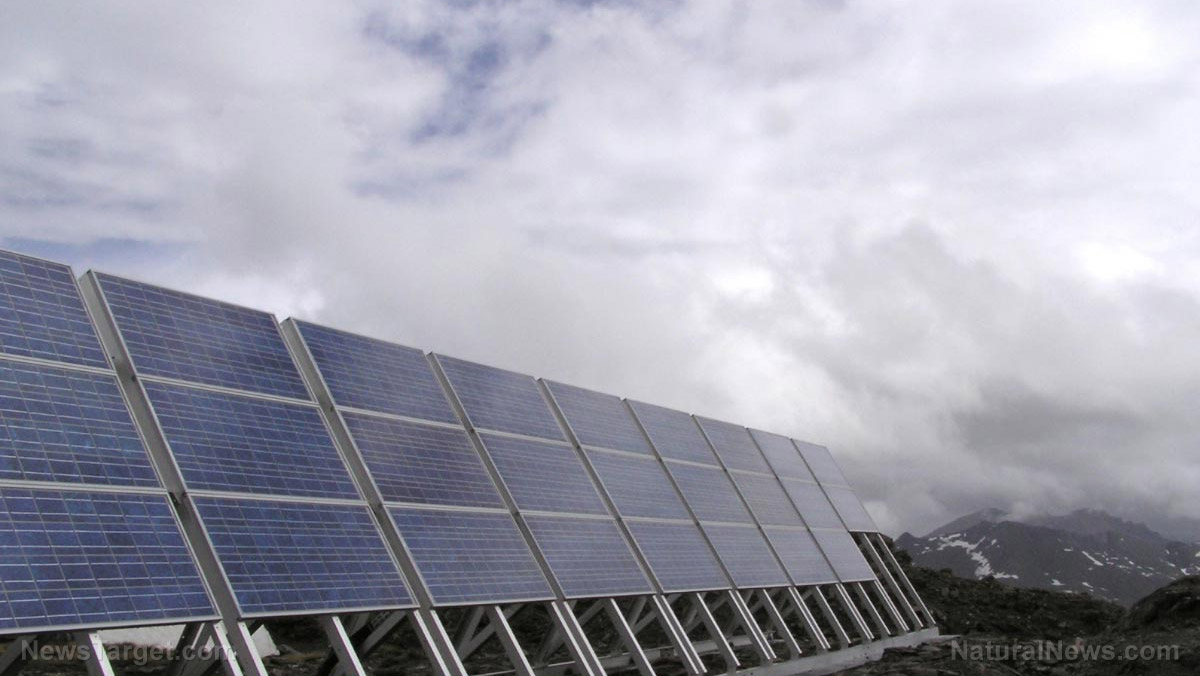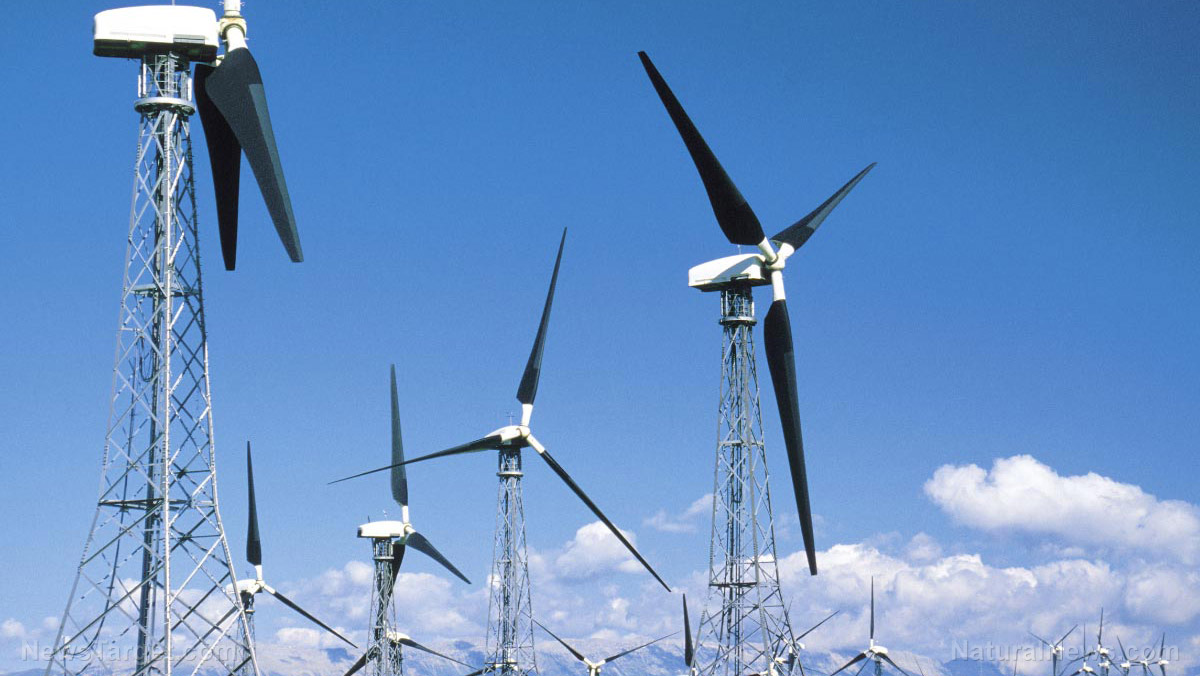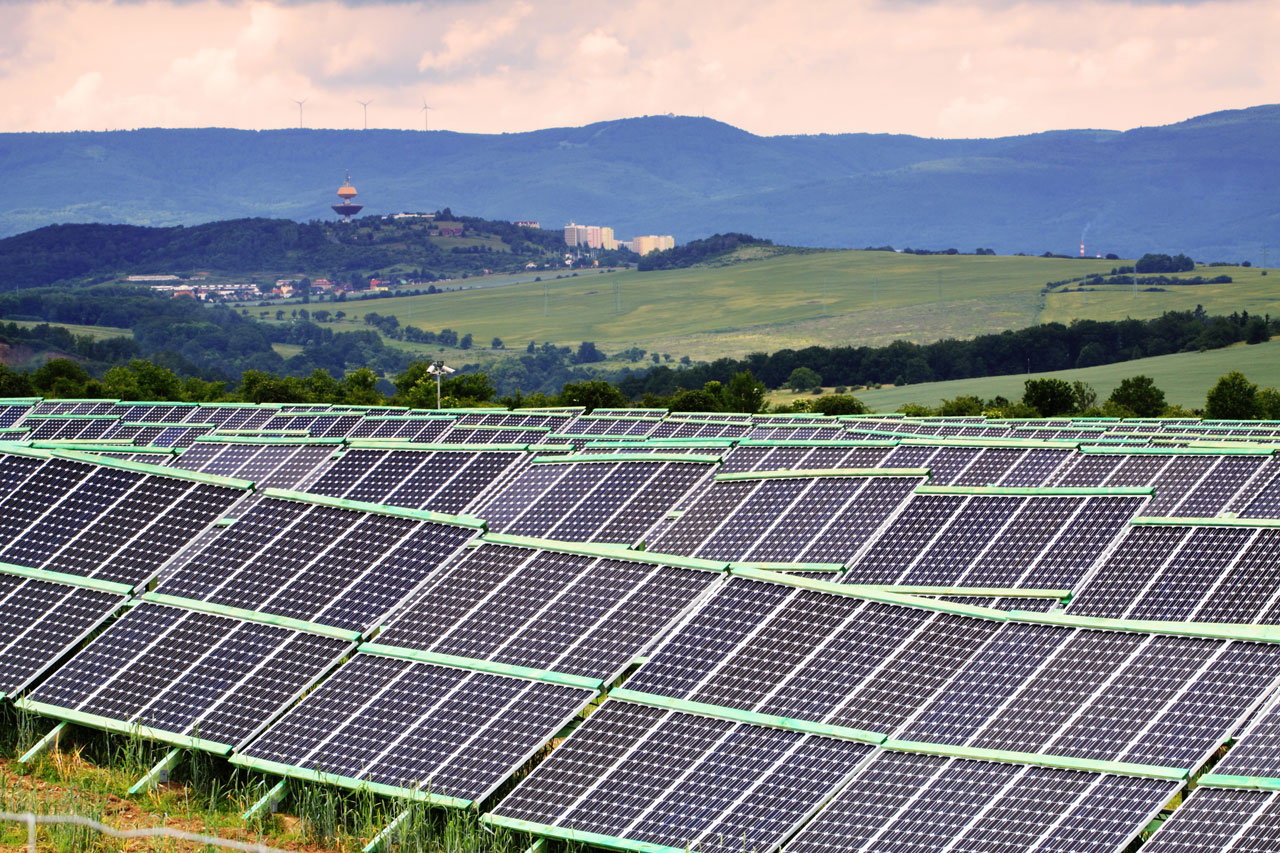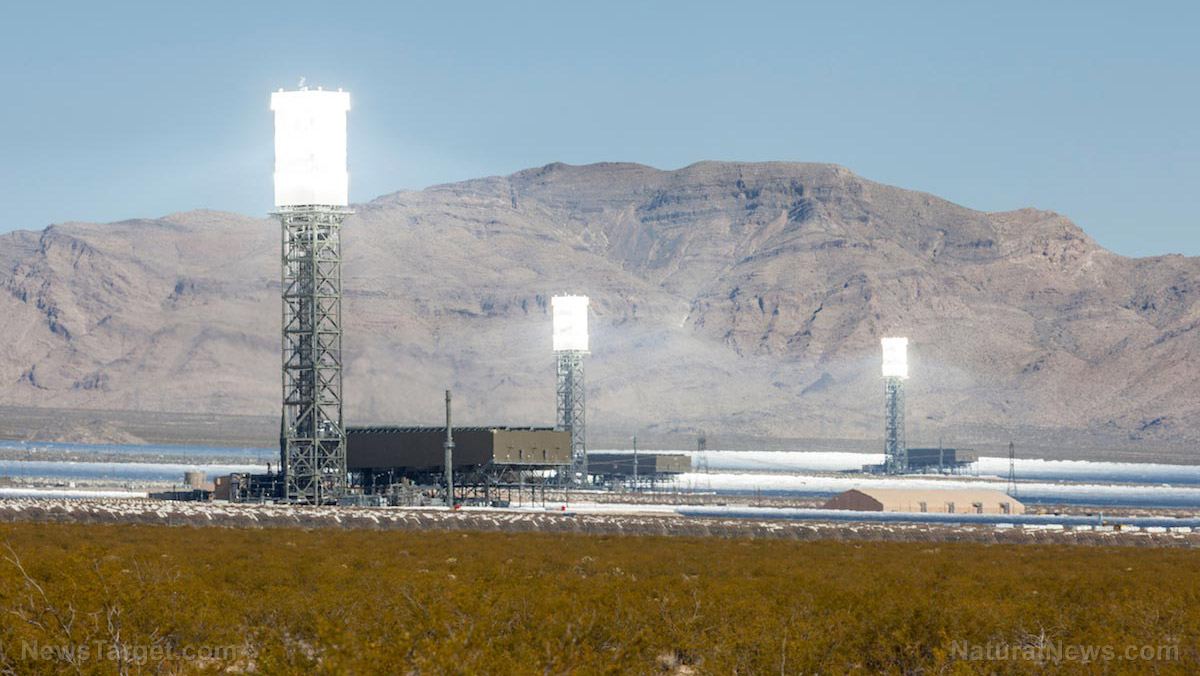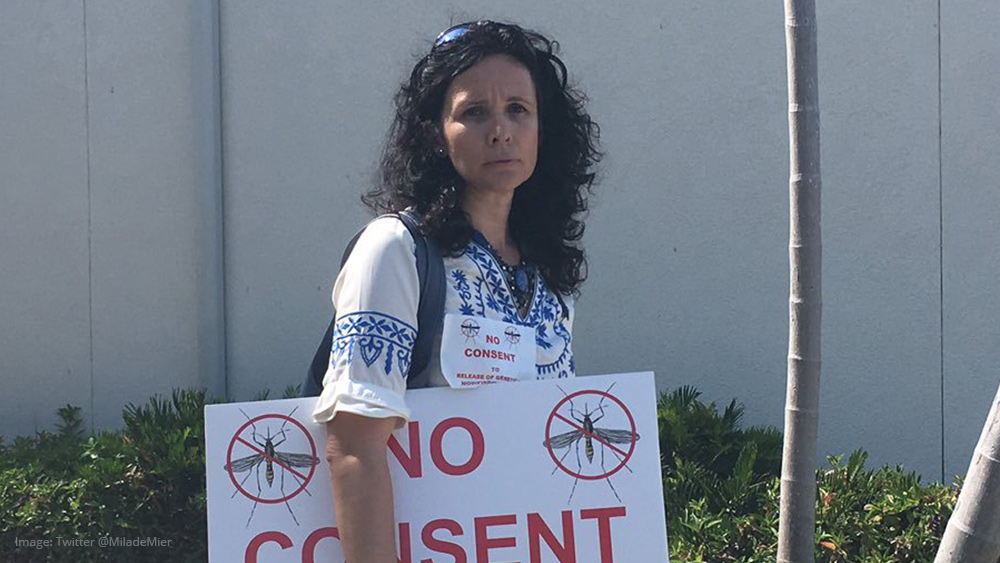The technology has been around for decades but because it was so expensive to produce and maintain, and because it was unreliable and short-lived, the use of solar panels to generate electricity on a large scale was not economically feasible.
But it appears as though the time for affordable, widespread solar power has come.
As reported by True Activist, new data from Bloomberg New Energy Finance that was released before Christmas indicates that solar power has now become a cheaper form of energy than wind power, while also out-competing coal and natural gas for the very first time. Now, with solar energy set to become the cheapest form of electricity production on the planet, it looks as though global energy markets are about to undergo a tectonic shift as more nations around the world shift to this completely pollution-free and renewable energy form.
In its new report called “Climatescope,” the BNEF examined conditions for investing in clean energy on and off the grid in nearly 60 emerging markets (i.e. “developing” nations). In those countries, solar power that is not government- or investiment-subsidized was actually found to beat out coal and natural gas, in addition to other forms of renewable energy production. This was not just occurring on an individual basis but on a grander scale.
Global production of solar-generated electricity setting records, lowering costs
The chart below shows how there has been a major decline in the average cost of solar power production compared to wind in some 58 emerging markets, including some of the world’s biggest economies in China, India, and Brazil. Since 2010, the BNEF found, cost of solar has declined by nearly one-third.
In 2016, True Activist reported, successive records for cheap power production were set in government auctions, where private corporations gathered to compete to receive lucrative energy production contracts. The first took place in January when a contract in India was able to produce electricity for $64 per megawatt-hour. In August, Chile broke all previous records when a deal was closed for solar electricity production for just $29.10 per megawatt-hour, or just about half the price of coal-produced power.
And the thing to keep in mind is that these two price records only represent the newest projects. Others, which will be completed by year’s end, are also set to shatter records once all of the solar projects completed in 2016 are tallied up and analyzed in the coming months.
Bloomberg says that it is very possible that the total amount of solar photovoltaic panels added around the world will pass those of wind turbines for the first time ever, as the latest BNEF projections indicate that about 70 gigawatts of new solar panel production will be finished in 2016 in comparison to wind, at about 59 gigawatts.
“However, this transformation is taking place largely in emerging markets,” True Activist reported. “Wealthier nations have not seen the same success, likely due to the fact that it is difficult for solar to compete with already existing billion-dollar fossil fuel infrastructure as well as the fossil fuel lobby’s hold on federal and state governments.”
That is especially true in the United States, where solar power generation has to go up against the massive subsidies received by the fossil fuel industry, which ostensibly drives down prices for fuels and natural gas.
Solar not picking up in the U.S.-yet
But solar power has also received subsidies from taxpayers. In fact, the Obama administration announced in August 2015 new efforts to bring renewable energy to more homes in the United States, but this came after the White House earmarked and spent more than $150 billion on what turned out to be money wasted in failed solar energy firms.
As the Gateway Pundit noted, that massive expenditure only increased total U.S. energy consumption via solar-generated electricity by about 1 percent.
“President Obama subsidized solar and other renewable energy in the United States with taxpayer money to the tune of $39 billion per year on average for the past 5 years,” the Institute for Energy Research reported. “These massive subsidies, however, have done little to increase the contribution of solar power to the electricity generation mix as solar is expected to produce just 0.6 percent of electricity generation this year. Disregarding the cost to the American taxpayer and the failed solar projects in the United States, President Obama has pledged billions of dollars to fund solar energy development in India.”
Still, as True Activist noted, subsidies to the U.S. fossil fuel industry are ongoing and much higher.
But clearly, as evidenced by solar energy production in emerging economies, there is much to be hopeful about, as solar-generated electricity appears to be on the rise globally, not in decline.
J.D. Heyes is a senior writer for Natural News and News Target, as well as editor of The National Sentinel.
Sources:
TrueActivist.com
TheGatewayPundit.com
TheGuardian.com
InstituteForEnergyResearch.org

